Efectos Fisiológicos del Entrenamiento del HIIT en Futbolistas Jóvenes: Una Revisión Sistemática
DOI:
https://doi.org/10.64197/Kronos.22.01-02.924Keywords:
Fútbol, Entrenamiento de intervalos de alta intensidad, Medicina deportiva, AtletaAbstract
The aim of this work was to discover the physiological effects of HIIT training in young soccer players. For this purpose, a systematic review was carried out in the MEDLINE Complete, Academic Search Ultimate and SPORTDiscus databases. After the analysis of the records obtained, 9 studies were selected because they met the selection criteria. Evidence was found that HIIT improves linear sprinting and jumping height, as well as increasing hematocrit levels and thereby achieving better efficiency in anaerobic power thresholds, a decrease in heart rate, a improvement in muscle oxidative capacity and a reduction in myostatin, thereby achieving better muscle development. On the contrary, we have been able to verify that with other training methods such as games in reduced space, the improvement in aspects with the ball is more efficient and the degree of satisfaction is greater than with HIIT training. These results can be important when designing training tasks based on the period of the season.Downloads
Download data is not yet available.
Downloads
Published
2023-01-01
How to Cite
García Muñoz, J., & Iván Baragaño, I. (2023). Efectos Fisiológicos del Entrenamiento del HIIT en Futbolistas Jóvenes: Una Revisión Sistemática. KRONOS, 22(01-02). https://doi.org/10.64197/Kronos.22.01-02.924
Issue
Section
Artículos










